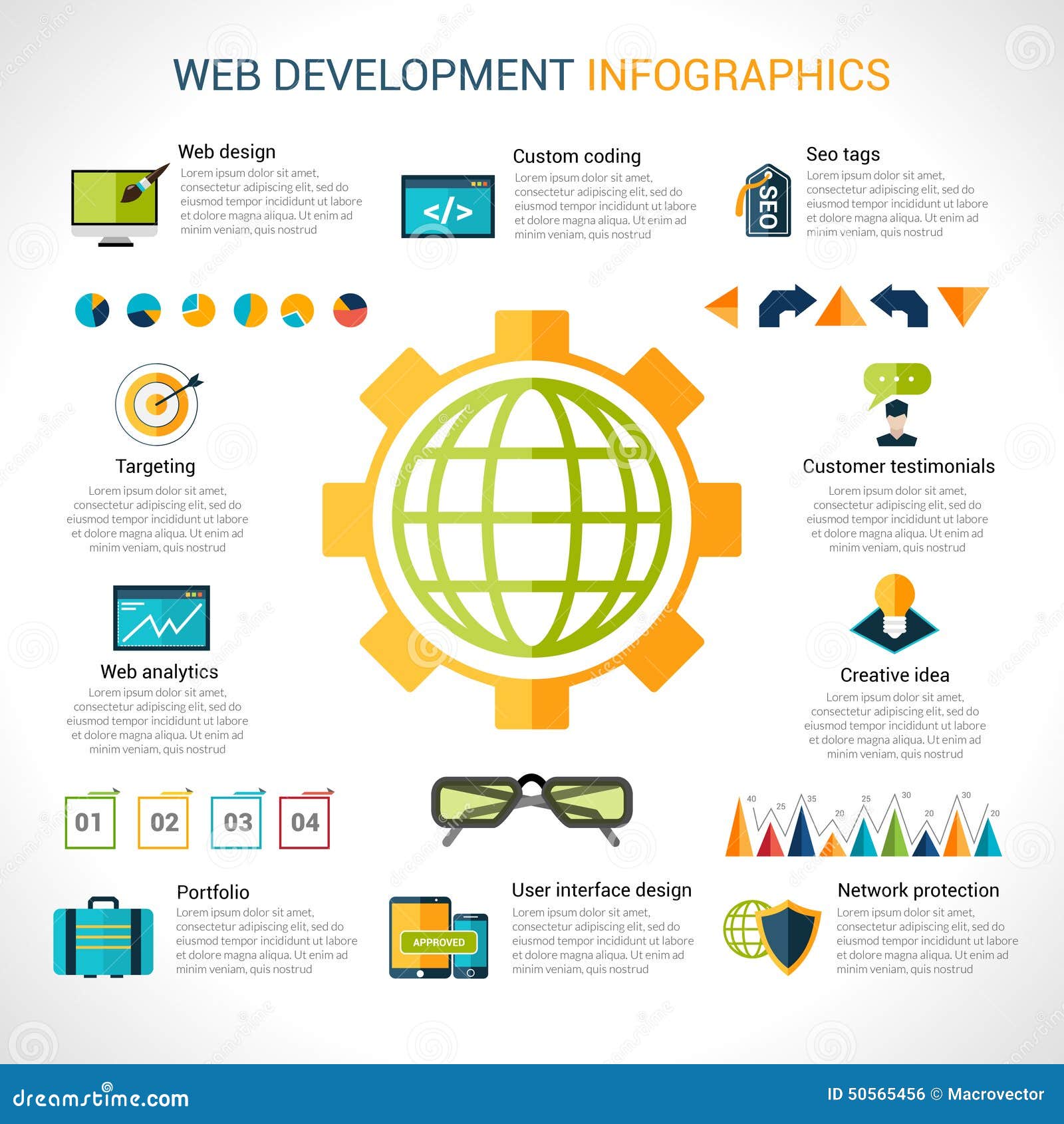Keen To Uncover How Internet Site Layout Has Transformed Over Time? Study The Development From Simplicity To User-Focused Experiences.
Keen To Uncover How Internet Site Layout Has Transformed Over Time? Study The Development From Simplicity To User-Focused Experiences.
Blog Article
Content Author-Collier Gibbons
In the past, internet sites were easy and focused on information. Navigation was direct, and layout was for desktops. Now, individual experience is crucial. Data overviews layouts for easy navigating. Responsive designs fit various gadgets. Today, dark mode reduces pressure, and minimalist food selections boost navigating. Interactive functions engage customers, and vibrant visuals stand apart. AI integration boosts interaction. See exactly how style has progressed to improve your online journey.
Early Days of Website Design
In the very early days of web design, simpleness preponderated. Sites were basic, with restricted colors, fonts, and layouts. The focus got on providing information instead of flashy visuals. Customers accessed the web through slow-moving dial-up connections, so rate and performance were essential.
Navigating https://www.forbes.com/sites/forbesagencycouncil/2022/04/19/five-tips-for-seo-agencies-on-setting-expectations-with-their-clients/ were straightforward, commonly situated at the top or side of the page. Internet sites were created for desktop computers, as mobile browsing wasn't yet widespread. Material was king, and designers focused on very easy readability over complicated design elements.
HTML was the main coding language utilized, and designers needed to function within its restraints. Computer animations and interactive features were minimal compared to today's requirements. Internet sites were static, with little vibrant material or customized customer experiences.
Rise of User-Focused Style
With the advancement of internet site style, a shift in the direction of user-focused design principles has become progressively noticeable. please click the next page , developing internet sites that focus on user experience is vital for involving site visitors and accomplishing business objectives. User-focused style entails recognizing the needs, preferences, and actions of your target audience to customize the website's format, content, and includes as necessary.
Developers currently carry out comprehensive study, such as customer surveys and usability screening, to gather insights and feedback directly from individuals. This data-driven strategy aids in creating instinctive navigating, clear calls-to-action, and aesthetically appealing interfaces that reverberate with visitors. By placing the individual at the center of the style procedure, websites can deliver a more personalized and satisfying experience.
Responsive layout has likewise emerged as an essential element of user-focused layout, guaranteeing that internet sites are optimized for different tools and display dimensions. This adaptability boosts ease of access and usability, satisfying the varied ways individuals connect with internet sites today. Basically, the rise of user-focused design indicates a change towards developing electronic experiences that focus on the needs and expectations of the end customer.
Modern Trends in Web Design
Explore the most up to date fads forming web design today. One popular trend is dark mode layout, offering a smooth and modern look while decreasing eye strain in low-light environments. Another vital trend is minimal navigation, simplifying menus and enhancing customer experience by concentrating on essential elements. Integrating micro-interactions, such as animated switches or scrolling effects, can produce an extra engaging and interactive site. Receptive layout continues to be important, ensuring smooth individual experiences throughout various devices. Furthermore, utilizing vibrant typography and unbalanced designs can include aesthetic passion and draw attention to particular material.
Incorporating AI technology, like chatbots for client assistance or tailored suggestions, enhances customer engagement and streamlines processes. Accessibility has likewise become a significant fad, with designers prioritizing comprehensive design practices to cater to varied user requirements. Accepting sustainability by maximizing web site efficiency for speed and effectiveness is an additional arising fad in web design. Working together with user responses and information analytics to iterate and boost layout continually is necessary for staying appropriate in the ever-evolving digital landscape. By embracing these modern trends, you can produce an aesthetically attractive, easy to use web site that reverberates with your audience.
Conclusion
As you assess the evolution of website style from the very early days to currently, you can see exactly how user-focused layout has become the driving pressure behind modern-day patterns.
Accept the trip of adjustment and adaptation in website design, constantly maintaining the individual experience at the center.
Remain existing with the most recent trends and innovations, and never stop advancing your method to produce aesthetically spectacular and user-friendly websites.
Evolve, adjust, and create - the future of web design remains in your hands.
